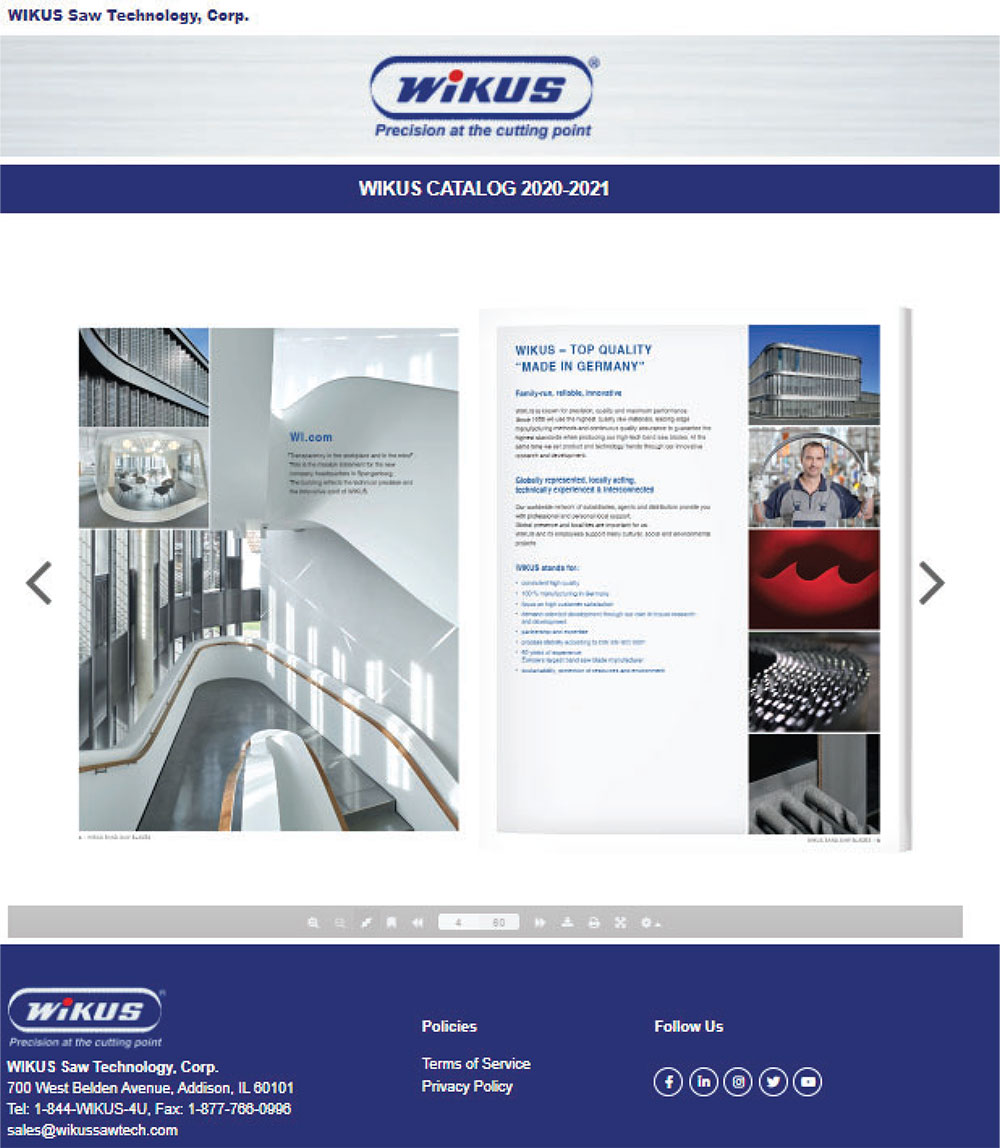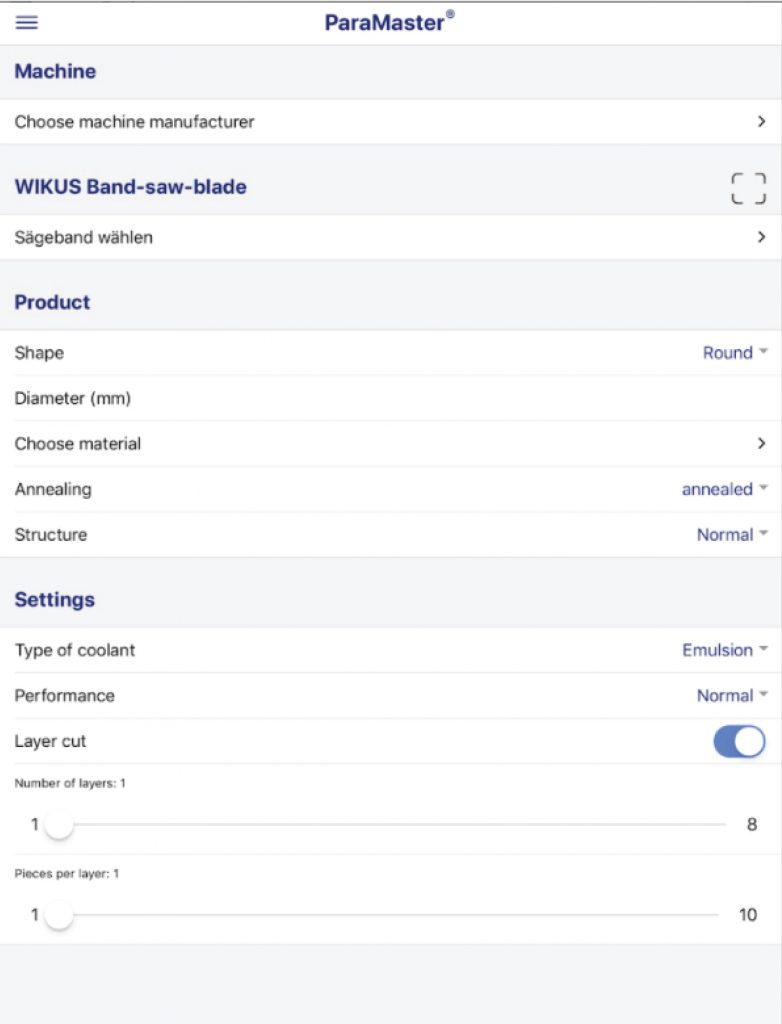Mastering Difficult Cutting Challenges: Strategies for Precision and Efficiency
In metalworking and industrial cutting, manufacturers frequently encounter complex challenges that require optimized strategies for efficiency and precision. Material properties, tool selection, and process parameters all play a crucial role in achieving successful cuts, particularly when dealing with hard-to-machine materials. This article explores key approaches to overcoming difficult cutting scenarios, drawing insights from industry expertise, including solutions developed by WIKUS, a leader in precision sawing technology.
Understanding the Challenges in Cutting Difficult Materials
Industries such as aerospace, energy, and tooling regularly work with high-performance materials like hardened steels, titanium alloys, and nickel-based superalloys. These materials offer superior mechanical properties but introduce machining difficulties such as:
- Increased tool wear due to high hardness and heat resistance.
- Work-hardening effects that make secondary cuts more challenging.
- Chip evacuation difficulties, leading to inefficient cutting and potential tool breakage.
To address these issues, manufacturers must employ optimized tooling, process adjustments, and proper cooling strategies.
Case Study: Optimizing Cutting Performance in Industrial Applications
A European tooling manufacturer faced difficulties cutting high-alloy steel, which led to excessive blade wear and inconsistent cutting performance. By working with industry experts and incorporating advanced cutting technology, the company was able to refine its approach.
Optimization Approach:
- Blade Selection Based on Material Properties – The manufacturer adopted a bandsaw blade optimized for hard materials, improving cutting stability and precision. Companies like WIKUS offer specialized saw blades designed for high-strength materials, helping improve efficiency.
- Adjusting Cutting Parameters – Fine-tuning the cutting speed and feed rate based on the material’s hardness significantly improved tool longevity and performance.
- Coolant Application & Chip Control – Effective cooling and chip removal prevented heat buildup and minimized blade wear, leading to smoother and more reliable cuts.
Results:
- 30% increase in blade life, reducing overall tooling costs.
- More precise cuts, reducing material waste.
- Higher process reliability, minimizing machine downtime.
This case study highlights the importance of optimizing the entire cutting process to enhance efficiency and tool life.
Best Practices for Handling Complex Cutting Operations
1. Selecting the Right Cutting Tool
Choosing a saw blade with the appropriate tooth geometry, width, and coating can make a significant difference in cutting performance. Leading manufacturers like WIKUS develop solutions designed to handle the toughest cutting applications.
2. Optimizing Cutting Parameters
Adjusting cutting speed, feed rate, and downforce ensures better efficiency and prevents premature tool failure. Testing and gradual adjustments help achieve optimal results.
3. Effective Coolant and Lubrication Strategies
Proper coolant application reduces heat buildup, improves chip evacuation, and extends tool life—crucial factors when cutting tough materials.
4. Monitoring and Preventative Maintenance
Regular inspections of cutting tools and machinery help prevent unexpected failures. Implementing predictive maintenance techniques can further optimize production efficiency.
Conclusion
Difficult cutting challenges require a well-structured approach that considers material properties, tool selection, and cutting parameters. By leveraging advanced solutions from industry leaders like WIKUS and refining machining techniques, manufacturers can significantly improve efficiency, reduce costs, and ensure precision.
A commitment to continuous process optimization and best practices enables businesses to tackle even the most demanding cutting applications with confidence.








